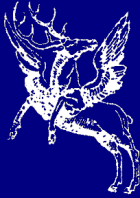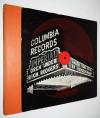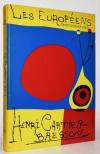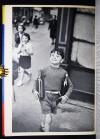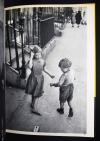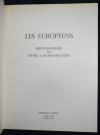Cartier-Bresson, Les Européens
Cartier-Bresson, Les Européens
|
Cartier-Bresson, Henri. Les Européens. Photographies. (Publiée par Tériade (d. i. Stratis Eleftheriadis) et Marguerite Lang). Paris, Éditions Verve (1955). Folio (37 x 28 cm.). 6 S. und 114 teils doppelblattgr. Duotone-Tafeln in Heliogravure. Farbig illustr. Orig.-Pappband (von Joan Miró). Auer 356. Koetzle, Fotografen A-Z 86 f. Parr/Badger I, 209. Roth, The book of 101 books 134. Sinibaldi-Couturier 107. – Erste Ausgabe. – Dazu: Orig.-Photographie (Sibergelatine, 30 x 20 cm.) 3 Soldaten und 2 Kinder vor einem Gebäude, Deutschland 1944, rückseitig mit Stempeln des Fotografen und der schwedischen Fotoagentur Europa-Press AB. – Henri Cartier-Bresson (1908–2004) gilt als der Wegbereiter des modernen Fotojournalismus. Gemeinsam mit Robert Capa und David „Chim“ Seymour gründete er 1947 die Fotografenkooperative und -Agentur „Magnum“. Sein Blick für das Skurrile im Alltag war legendär. Er fotografierte unter anderem in Spanien, Kamerun, Italien, Indien, Pakistan, China, Mexiko und den USA. – „Kein Fotograf hat über die Ästhetik der Fotografie intensiver reflektiert als Cartier-Bresson, keiner Theorie und Praxis in einer Weise zur Einheit verschmolzen, dass jedes seiner fotografischen Bilder Ausdruck eines entschlossenen ästhetischen Selbstverständnisses ist, ohne freilich an unvermittelter Überzeugungskraft einzubüßen, keiner auch hat eine solche Meisterschaft im Erfassen des ‚entscheidenden Augenblicks‘ offenbart, des Augenblicks, an dem sich für eine denkbar kurze Zeitspanne alle bewegter Elemente des Motivs im Gleichgewicht befinden“ (Klaus Honnef in Koetzle). – „The Decisive Moment (Images à la sauvette) is one of the greatest of all photobooks, and Cartier-Bresson repeated its artistic success three years later with The Europeans (Les Européens). The format of the book is the same, this time with a cover designed by Joan Miró. What gives The Decisive Moment a slight edge is the fact that it contains images chosen from the whole of his career prior to the 1950s, while those in The Europeans were made from 1950–55. As its title suggests, The Europeans has a more specific theme – postwar life in Europe – and although for most photographers this would tend to be a strengthening factor, in this case it might be felt to be a marginal weakness; Cartier-Bresson is at his best when at his most universal“ (Martin Parr). – Sehr gutes sauberes Exemplar. – First edition. – Accompanied by: original photograph (silvergelatine-print, 30 x 20 cm.) 3 soldiers and 2 children in front of a building, Germany 1944, stamped on the verso by the photographer and the Swedish photo agency Europa-Press AB. – Henri Cartier-Bresson (1908-2004) is considered the pioneer of modern photojournalism. Together with Robert Capa and David ‘Chim’ Seymour, he founded the photographer co-operative and agency ‘Magnum’ in 1947. His eye for the bizarre in everyday life was legendary. He photographed in Spain, Cameroon, Italy, India, Pakistan, China, Mexico and the USA, among other places. – ‘No photographer has reflected more intensively on the aesthetics of photography than Cartier-Bresson, no photographer has merged theory and practice into a unity in such a way that each of his photographic images is an expression of a resolute aesthetic self-image, without, of course, losing any of its immediate persuasive power, nor has any photographer revealed such mastery in capturing the “decisive moment”, the moment at which all the moving elements of the motif are in equilibrium for a conceivably short period of time’ (Klaus Honnef in Koetzle). – A very good and clean copy.
Unser Preis: EUR 2.000,-- |
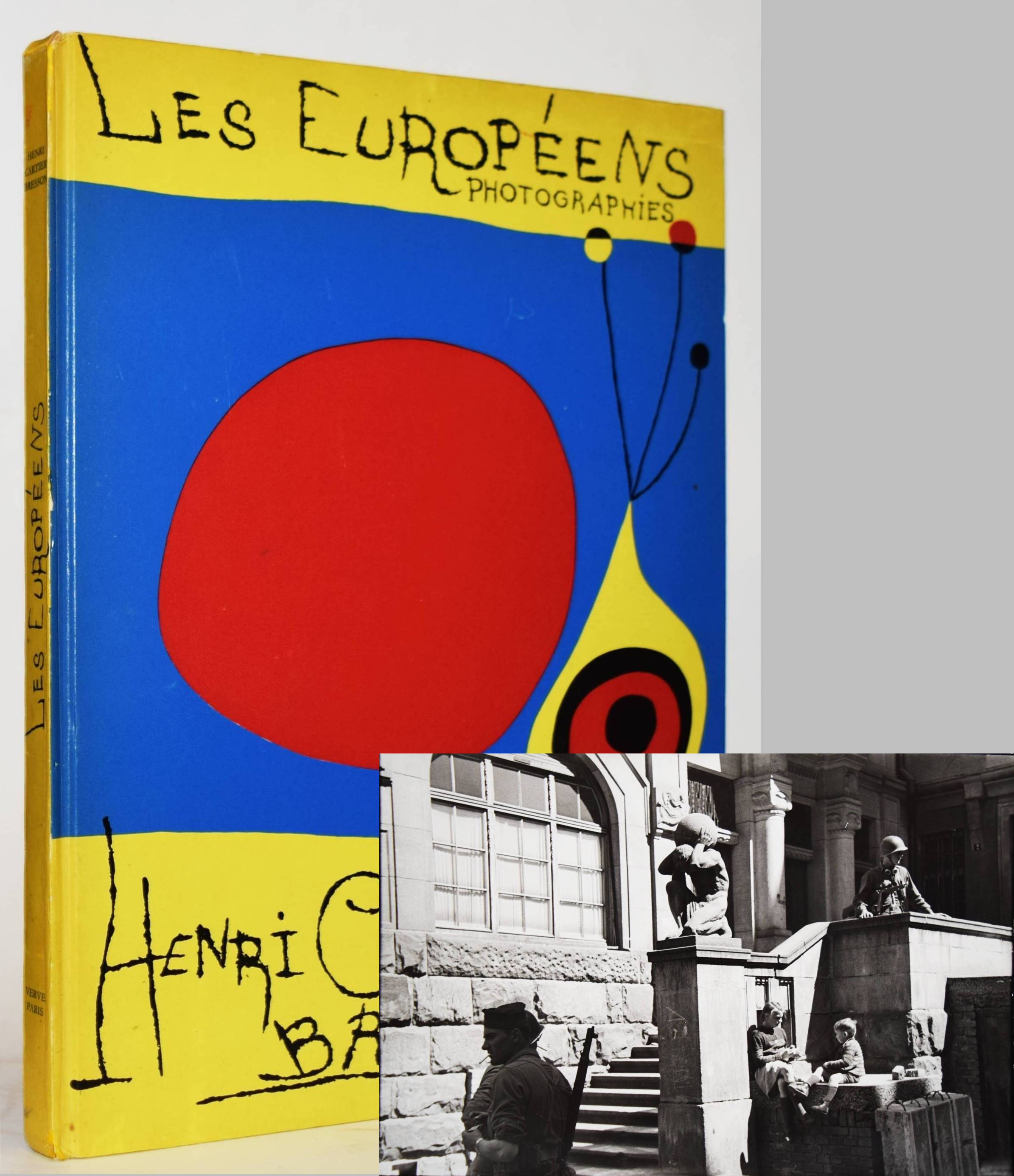
|

